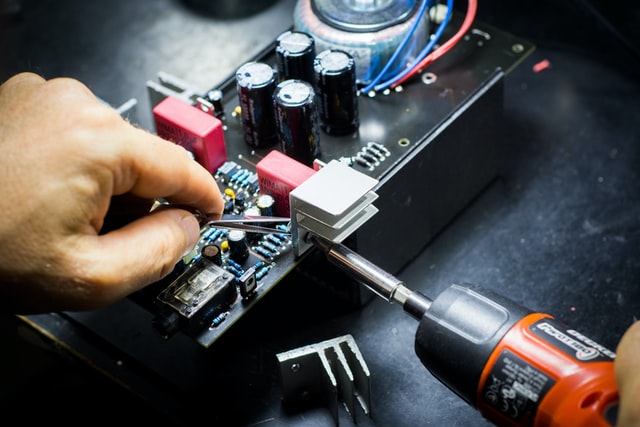Summary. Reverse engineering with a 3D scanner uncovers design specifications from finished objects. Essential for duplicating legacy parts or analysing competitors’ products, it provides accurate data for manufacturing and speeds up the development process. Seek top-notch 3D scanners for best reverse engineering results.
Reverse engineering (RE) is a mechanical engineering term. It is a process in which you take an existing object and reconstruct it by working backwards to discover how it has been designed and put together.
If you think of a conventional design and production process, it begins with creating a design specification and drawing plans from which you construct the object.
Reverse engineering, on the other hand, is like a piece of detective work.
Imagine someone visiting a crime scene and from the evidence they gather, they piece together all the elements to reconstruct the crime. Consequently, they understand exactly what has happened.
In RE, you take the end-product or finished object, and work back through the creative process, to finally arrive at its design specification.
Using a 3D scanner plays a pivotal role in the reverse engineering process. This is because it enables you gain dimensional information about the object you wish to reverse engineer.
There are various things you can reverse engineer, for instance:
- Mechanical components and assemblies
- Consumer products
- Ancient artefacts
- Electronic components.
The principle of reverse engineering also applies to computer software and to analysis of biological, chemical and organic substances.
Why Would You Use Reverse Engineering?
The main purpose for using reverse engineering is to copy something precisely. You can duplicate an existing part, for example, by capturing its physical dimensions, its features and its material properties.
There are several reasons why you might need to carry out this duplication:
- For legacy parts or components designed and put together years ago, there may be no existing design specification, 2D drawings or 3D CAD data. Therefore, if you want to reproduce these objects, you can use reverse engineering to gain the necessary information to do this.
- If the original manufacturer of a part or product is no longer trading, or has lost their design specifications, then reverse engineering will supply the critical information you need to resume production.
- You can use reverse engineering to test and analyse parts as part of the design and development process. Using RE, you can capture the essential data of a 3D product in digital form, which you can then go on to analyse and remodel.
- In additive manufacturing, reverse engineering becomes a powerful tool in both product design and shortening the product development cycle.
- For competitor analysis, RE enables you to examine other companies’ products in depth.
- When analysing ancient or one-off objects, reverse engineering is the quickest and most reliable way to reproduce these three-dimensional items. The physical model becomes the source of information for a subsequent CAD model.
- For museums, RE enables the digital archiving of artefacts and historical objects.
Using A 3D Scanner In The Reverse Engineering Process
The reverse engineering process begins with 3D scanning.
Using this technology, you can obtain three dimensional point cloud data about the object.
A point cloud is a set of points in space, containing data in 3D. Point cloud data provides key information for multiple applications, such as 3D CAD modelling, quality inspection, visualisation, animation and rendering.
How accurate this data is will determine the accuracy of the reverse engineered model compared to the original object.
Scanning the object provides the first step in creating parametric or free-form surfaces. From the data, you can create a dense and highly accurate polygon mesh.
From this detailed representation, dedicated CAD modelling will produce a 3D design, from which a computer aided modelling (CAM) application can create a 3D model.
What Are The Benefits Of Reverse Engineering?
- RE creates accurate data for manufacturing, and provides the basis for detailed analysis about how products and components will perform.
- It minimises the need for physical prototypes, by allowing engineers to analyse design variants, and to refine designs to come up with optimal solutions
- As a tool, it helps in evaluating the reliability of parts and products, and identifying areas of weakness
- Reverse engineering can accelerate development and manufacturing processes, reducing lead times and the costs associated with research and development
It is a method that supports progress by working backwards to uncover useful knowledge and data.
Leading edge 3D scanning instruments are essential to the reverse engineering process. They provide the detailed data necessary for creating accurate representations of three-dimensional objects.
If you’re looking for a 3D scanner and want more information on how you can use them for reverse engineering, please get in touch. You can call us direct on 01527 558 282. Alternatively, you can complete our online contact form and we will be in touch as soon as possible.






